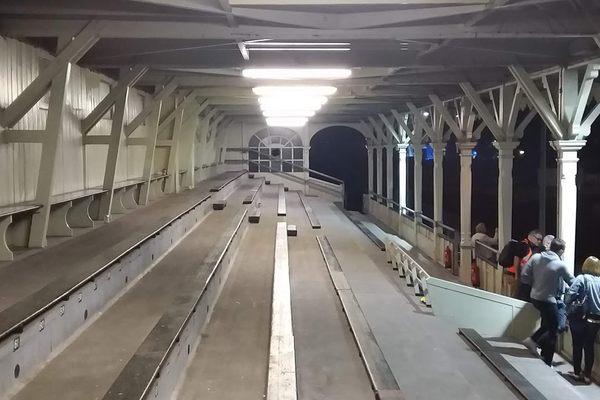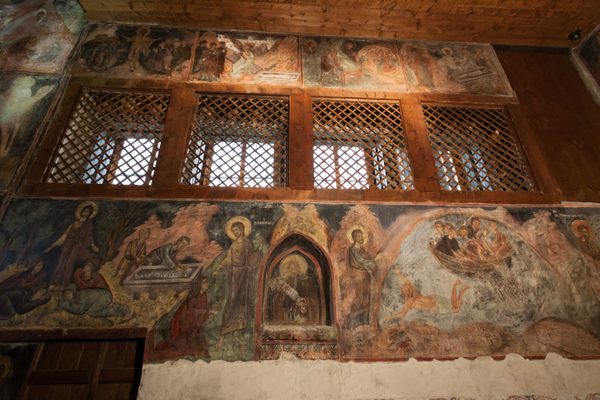AO Edited
St. Olave's Priory
This building from the Middle Ages was dedicated to the patron saint of Norway.
Founded in 1216, St. Olave’s Priory was dedicated to St. Olav, the patron saint of Norway, which is unusual for religious sites in England. The priory was established by a local nobleman named Roger Fitz-Osbert to create a community for Augustinian Canons, who focused on both worship and helping the local area.
Today, the ruins of St. Olave’s Priory are all that remains of what was once a busy religious community. The most notable part still standing is the gatehouse, built in the 14th century. This gatehouse served as the main entrance to the priory and is a great example of medieval brickwork, which was quite rare and costly at the time.
While much of the original priory church is gone, you can still see the foundations of the cloister, chapter house, and other buildings. This helps visitors understand how the priory was laid out and its size. Like many religious institutions in England, St. Olave’s Priory was closed during the Dissolution of the Monasteries under King Henry VIII in the 1530s.
The priory’s dedication to St. Olav is especially interesting because it highlights the connections between England and Scandinavia during the medieval era. St. Olav was a king of Norway in the 10th century who became a martyr and saint after his death in 1030. His influence spread across Europe, and the respect he received in East Anglia points to strong trade and cultural ties between that region and Scandinavia during the early Middle Ages.
Know Before You Go
St. Olave’s Priory is located near the village of Herringfleet, just a few miles from the Norfolk Broads. It’s an ideal stop for those exploring the surrounding countryside or visiting the Broads.
As an English Heritage site, access is free, but it's worth checking their website for opening hours and any special events.
The site includes uneven ground and grass pathways, so comfortable walking shoes are recommended, especially if you plan to explore the surrounding area.






















Follow us on Twitter to get the latest on the world's hidden wonders.
Like us on Facebook to get the latest on the world's hidden wonders.
Follow us on Twitter Like us on Facebook